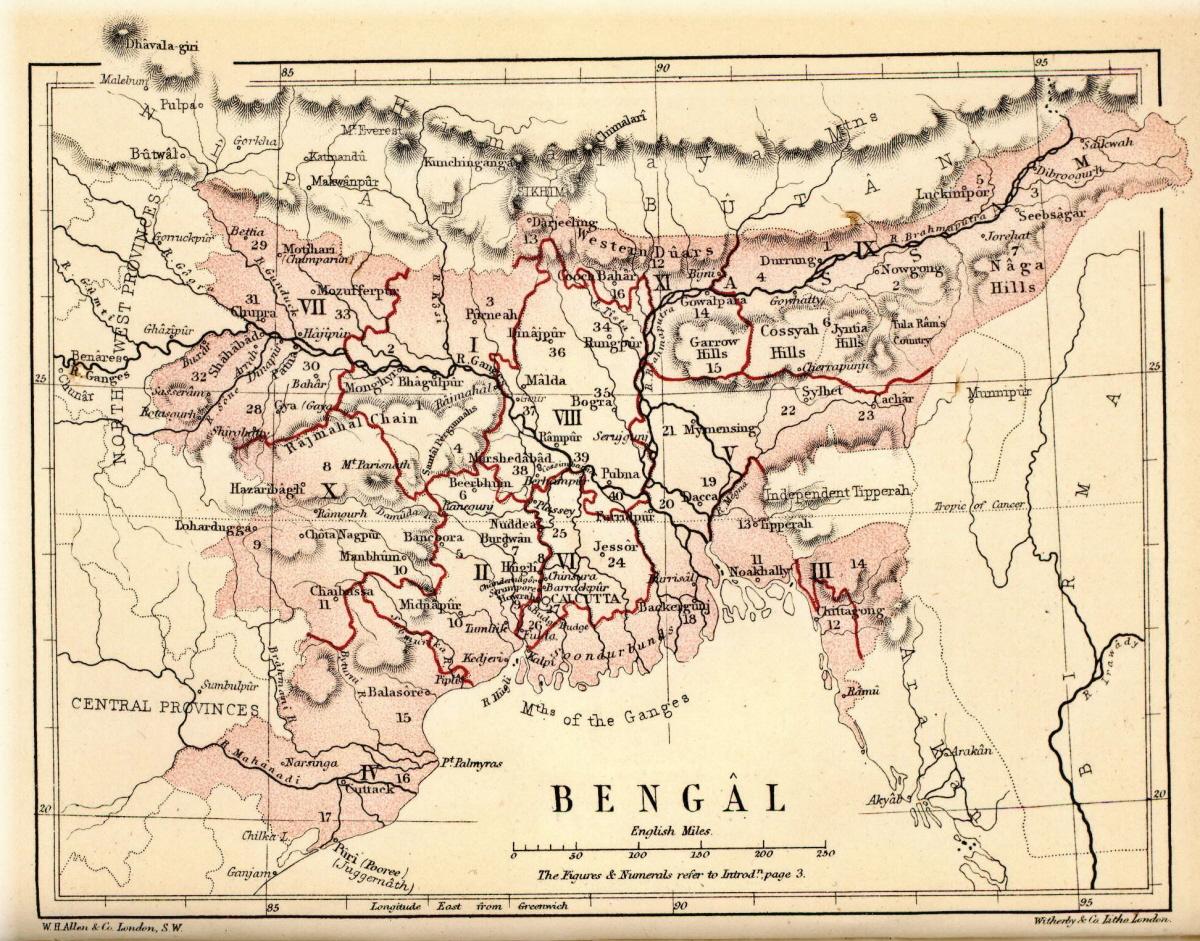History of India
- Introduction to Ancient India
- The Mauryan Empire
- Post-Mauryan India and the Golden Age
- Early Medieval India
- The Delhi Sultanate
- The Mughal Empire - Part I
- The Mughal Empire - Part II
- The Advent of European Powers
- The British Raj - Part I
- The British Raj - Part II
- Independence & Partition
The British Raj - Part II
The Partition of Bengal and its Repercussions

Partition of Bengal by Lord Curzon in 1905.
The partition of Bengal in 1905 was a significant event in the history of British India. It was carried out by Lord Curzon, the then Viceroy of India, ostensibly for administrative efficiency. However, the real motive was to divide the burgeoning nationalist movement in Bengal, which was the epicenter of the Indian freedom struggle.
The partition divided Bengal into two provinces - East Bengal, which was predominantly Muslim, and West Bengal, which was predominantly Hindu. This move was met with widespread protests and led to the Swadeshi Movement, which called for the boycott of British goods and the promotion of Indian-made products.
The partition also led to a rise in revolutionary activities. Many secret societies were formed, and there were several instances of political assassinations and bombings. The British government responded with repressive measures, further fueling the resentment against British rule.
In response to the partition, the Indian National Congress and the Muslim League came together in the Lucknow Pact of 1916. This was a significant development as it marked the beginning of Hindu-Muslim unity in the fight against British rule. The pact also introduced the concept of separate electorates, which meant that Muslims would be represented by Muslims in the legislative councils.
The impact of World War I on the Indian freedom struggle was also significant. The war led to increased taxes and inflation, causing widespread hardship. This, coupled with the disappointment over the lack of political reforms after the war, led to increased demands for self-rule.
In response to these demands, the British government introduced the Montagu-Chelmsford Reforms and the Government of India Act, 1919. These reforms provided for limited self-governance and introduced the system of dyarchy in the provinces. However, they fell short of the Indian demand for full self-rule, leading to the launch of the Non-Cooperation Movement by Mahatma Gandhi in 1920.
In conclusion, the partition of Bengal had far-reaching repercussions. It not only intensified the freedom struggle but also laid the foundation for the communal politics that would eventually lead to the partition of India in 1947.